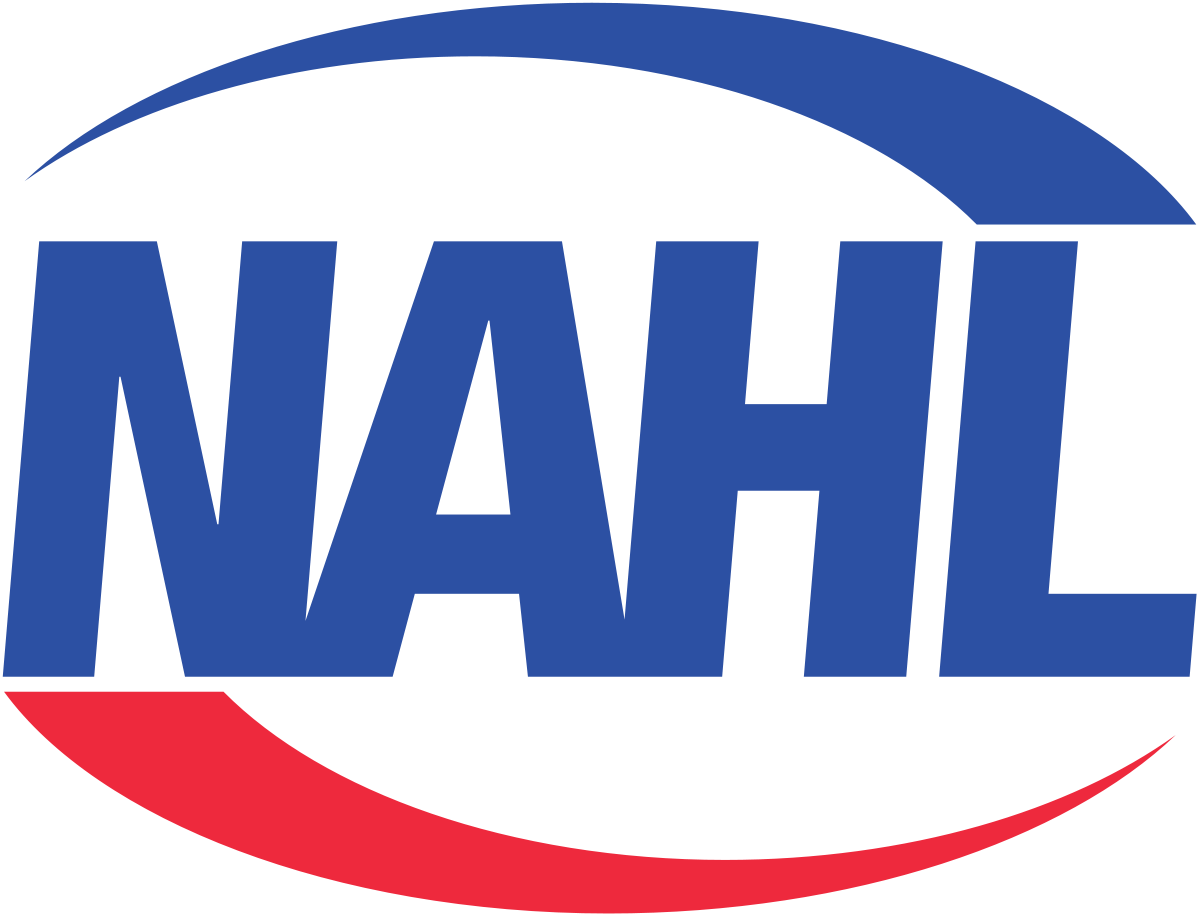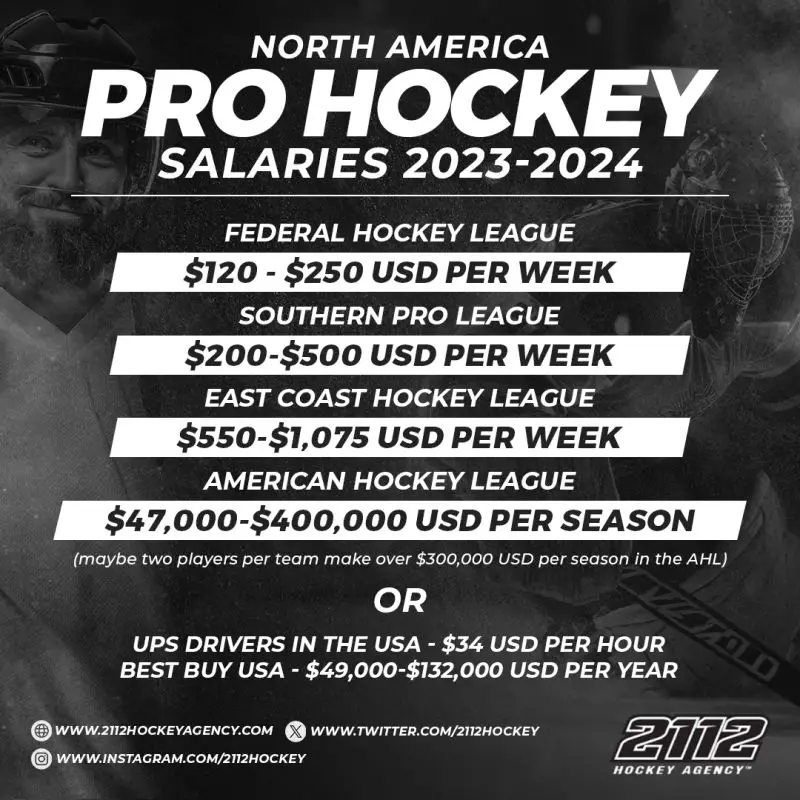AHL players’ salaries vary, but the average annual salary ranges from $32,000 to $117,000, with the median average salary estimated by the U.S. Bureau of Labor Statistics. Although there is no exact salary data available, some AHL players supplement their income with side jobs such as private ice hockey training or sports writing.
Table of Contents
Understanding Ahl Salaries
American Hockey League (AHL) salaries play a pivotal role in the professional hockey landscape. Understanding the factors influencing AHL player salaries and comparing them with other leagues sheds light on the financial dynamics within the sport. Here, we delve into the intricacies of AHL salaries, shedding light on the determinants and contextualizing them against other hockey leagues.
Factors Affecting Salaries
Several factors contribute to the variance in AHL player salaries. These can include the player’s performance, experience, position, and the team’s financial standing. Additionally, the AHL’s salary cap and the provisions outlined in the collective bargaining agreement also exert considerable influence.
Comparison With Other Leagues
When examining AHL salaries relative to other leagues, such as the National Hockey League (NHL) and other professional hockey leagues, significant differences become apparent. While NHL players command higher salaries due to higher revenues and larger fan bases, AHL players, on average, earn lower incomes.

Credit: en.wikipedia.org
Average Ahl Player’s Salary
The average AHL player’s salary varies, with top earners making around $117,000 yearly, while the average falls around $61,565. Some players supplement their income with side jobs like coaching or writing. The AHL salary range offers players different earning potentials based on performance and experience.
Median Salary
The median salary for AHL players, according to the U.S. Bureau of Labor Statistics, is estimated to be around $61,565 per year. This means that half of the players in the league earn more than this amount, while the other half earn less.Salary Range
The salary range for AHL players can vary significantly. According to ZipRecruiter, the top earners in the league can make as much as $117,000 per year, while the average salary is around $61,565. On the lower end of the spectrum, some players may earn as little as $32,000 per year. It’s important to note that these figures represent annual salaries and do not include any additional bonuses or endorsements that players may receive. The actual salary of an AHL player can also be influenced by factors such as experience, skill level, and position played. Overall, the salary range in the AHL can be wide, with some players earning a substantial income while others may be making a more modest living.Additional Income Sources
AHL players have the opportunity for additional income sources, as their salaries can vary. Some players take on side jobs, such as offering private hockey training or writing sports-related content, to supplement their earnings. This diversification helps them to achieve financial stability and pursue their passion for hockey.
Aside from their salaries, AHL players often explore additional income sources to supplement their earnings. These opportunities provide players with financial security and a chance to pursue their passions outside of the game. Here are two common ways AHL players diversify their income:
Side Jobs
Some AHL players choose to take up side jobs to supplement their hockey earnings. These side jobs can range from private ice hockey training to sports writing. By leveraging their expertise and skills, players can earn extra income while pursuing their interests outside of the rink.
Opportunities For Additional Earnings
Additionally, AHL players have the opportunity to earn extra income through endorsements, sponsorship deals, and appearance fees. As these athletes gain recognition and popularity, they become attractive to brands and organizations looking to partner with professional athletes. These additional earnings can provide players with a substantial boost to their income and financial stability.
In conclusion, AHL players have various avenues for additional income, including side jobs and opportunities for endorsements and sponsorships. These income sources allow players to not only earn extra money but also showcase their skills and pursue their interests outside of playing professional hockey.

Credit: www.playhockeyineurope.com
Transition To Nhl
When AHL players are called up to the NHL, it marks a significant milestone in their career. This transition brings about not only an increase in exposure and competition but also a considerable jump in their earning potential. Let’s delve into how this progress impacts the salary of AHL players as they move into the NHL.
Impact On Salary
The transition from the American Hockey League (AHL) to the National Hockey League (NHL) can lead to a substantial increase in player salaries. NHL contracts generally offer higher base salaries and more lucrative performance-based incentives compared to AHL contracts. Additionally, players in the NHL often receive signing bonuses and other financial perks that are not typically available in the AHL. This transition signifies a significant financial boost for players, reflecting their enhanced skill level and contribution to the sport.
How Ahl Players Are Paid When Called Up
When AHL players are summoned to play in the NHL, they are compensated according to the terms of their NHL contract. Their AHL contract is put on hold, and they begin to receive the salary and benefits outlined in their NHL agreement. This transition not only impacts their actual earnings but also opens the door to a wider array of financial incentives and bonuses that are characteristic of the NHL.
Financial Challenges In Ahl
In the American Hockey League (AHL), players face financial challenges due to the varying salary range. Some athletes take on side jobs, such as private ice hockey training or sports writing, to supplement their income. The average AHL player salary is estimated to be around $61,565 per year.
Salary Disparities
Average AHL salaries vary widely among players, with top earners making $117,000 annually while others receive closer to $32,000.
These disparities can lead to financial instability for many players in the league, creating a gap between high and low-income athletes.
Player Support Initiatives
The AHL has implemented programs to support players facing financial challenges, offering resources for budgeting, financial planning, and career development.
Player support initiatives aim to help athletes navigate the financial highs and lows of professional hockey.

Credit: www.linkedin.com
Frequently Asked Questions For American Hockey League Salary Range: What Players Earn
Do Ahl Players Have Other Jobs?
AHL players sometimes have other jobs, like private ice hockey training or sports writing, to supplement their salaries.
What Do Sphl Players Make?
SPHL players’ salaries vary, but the average is around $400 to $500 per week.
How Much Do Hockey League Players Make?
AHL players have variable salaries. The average annual salary ranges from $32,000 to $117,000. Some players have side jobs for extra income.
What Percent Of Ahl Players Make It To The Nhl?
Only about 5-10% of AHL players make it to the NHL.
Conclusion
Understanding the salary range for American Hockey League players is crucial for aspiring athletes. The varied earnings and the potential for additional income through side jobs present an intriguing insight into the financial landscape of the AHL. As players navigate through their careers, the potential for earning and growth within the league becomes evident, shaping their professional journey.
